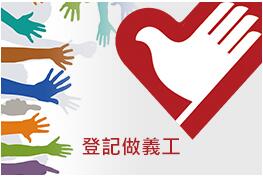About Rare DiseasesRare Disease Wiki

Pemphigus Vulgaris
Name of disease:
Pemphigus VulgarisICD-10 diagnosis code:
L10.0Causes:
Not fully understoodExperts believe that it’s triggered when a person who has a genetic tendency to get this condition comes into contact with an environmental trigger such as a chemical or a drug.
Mode of inheritance:
Pemphigus vulgaris does not pass from generation to generation. However, genetic factors are thought to be important in combination with other environmental factors such as drugs or chemicals.Prevalence:
0.38 to 30 per 100,000 people in the worldDiagnosis:
A dermatologist may do the following to diagnose:- Take the medical history
- Physical exam
- Review of symptoms
- Blood tests
- Biopsy which involves taking a tissue sample for testing
Age of onset:
The mean age of onset is 50 to 60 years of age.Common signs and symptoms:
- Blisters on otherwise healthy skin
- Blisters that are easy to burst
- Affected skin that peels easily when rubbed
- Pain at blister
Available treatment (medicinal and non-medicinal):
- Better oral healthcare
- Prednisone and steroid creams
- Immune suppressants
- Plasmapheresis or intravenous immunoglobulin
Disease management tips:
- Take medicines as advised by the specialist and never stop taking corticosteroids suddenly without talking to the doctor.
- Avoid eating spicy, acidic, or hard foods when having mouth erosions.
- See a dentist or hygienist regularly for check-ups.
- Tell a doctor if the nose, throat, or genital skin are affected.
References:
- https://www.orpha.net/en/disease/detail/704
- https://www.hopkinsmedicine.org/health/conditions-and-diseases/pemphigus-vulgaris#:~:text=What%20is%20pemphigus%20vulgaris%3Fmost%20common%20type%20of%20pemphigus
- https://www.ncbi.nlm.nih.gov/books/NBK560860/#:~:text=Pemphigus%20vulgaris%20is%20a%20rareit%20affects%20both%20sexes%20equally



